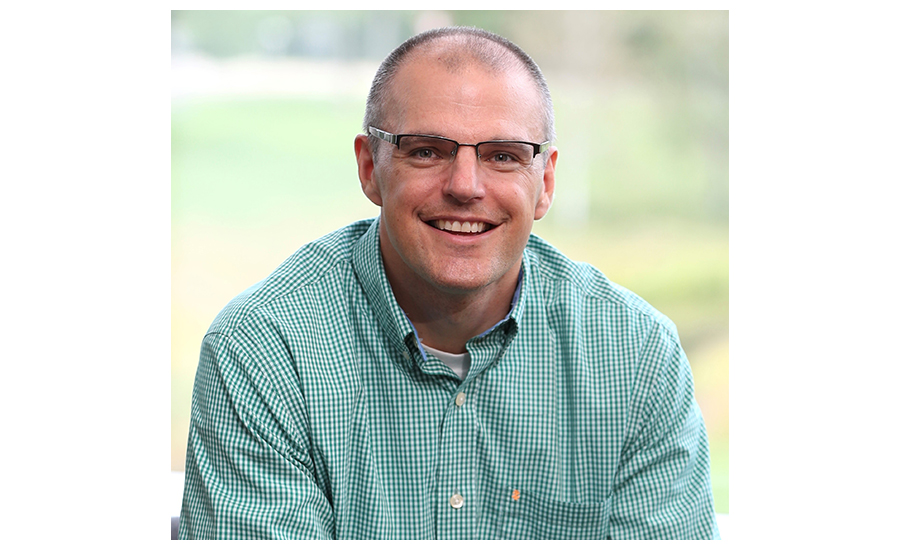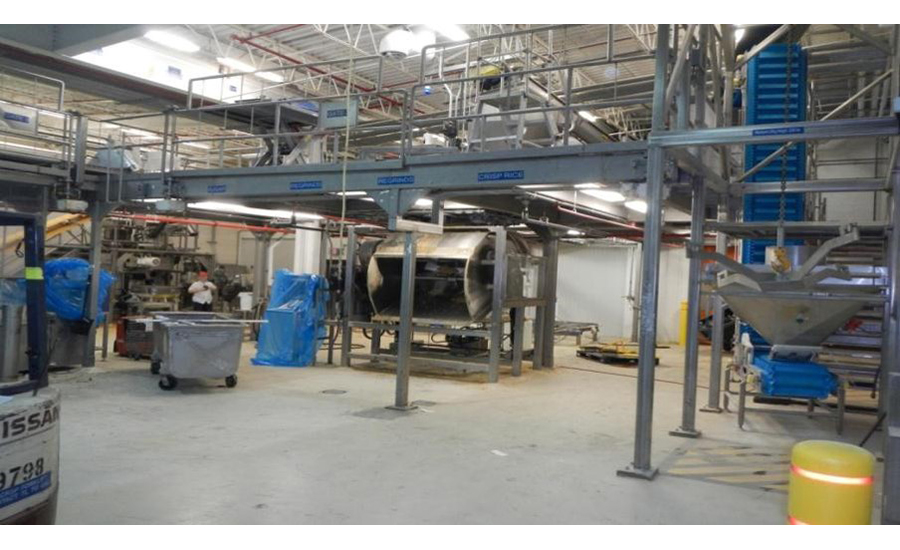FA&M 2021 Conference Highlights
Developing a comprehensive cleaning and sanitation program
Cleaning and sanitation programs are the backbone of creating a safe plant environment for employees and for the food it produces

 Because developing and maintaining a comprehensive cleaning and sanitation program is critical—especially as disruptions hit the production process—Karl Thorsen, food safety and sanitation manager at General Mills, offered FA&M attendees a methodical approach for developing a program that is suitable for the application.
Because developing and maintaining a comprehensive cleaning and sanitation program is critical—especially as disruptions hit the production process—Karl Thorsen, food safety and sanitation manager at General Mills, offered FA&M attendees a methodical approach for developing a program that is suitable for the application.
Thorsen outlines six critical steps of sanitation. He notes that while these steps can be used in any safety-related food program, he focuses on the cleaning and sanitation aspects.
Step 1—Conduct needs analysis
“Our job in sanitation is to really understand the risks. That is first and foremost,” Thorsen said. “Obviously it’s an activity that takes away a lot of resources and time from being able to make product, but it is a very important activity and we need to understand why. We clean to control risks such as allergens, microbiological control, physical hazards, regulatory, personal safety, product quality, equipment operations, pest control and housekeeping.

“You worry about your employees and that they are not being exposed to slips and trips,” Thorsen continued. “Product quality is critical, and when it comes to equipment operation, it needs to work as it was made to. Obviously, we need to remove soil so that our equipment operates as designed.” In a nutshell, facilities can manage risks through sanitation.
Step 2—Plan of action
To address the risks, facilities need to put together a program and a plan of action. A good sanitary design ensures the facility is functioning in correspondence with the risks. Sanitary design should be functional. What utilities are required? What method of cleaning, and what frequency? “It’s comprehensive all the way out to the property line,” Thorsen said.


To match the cleaning method with the need, Thorsen detailed the hierarchy of cleaning methods—from no cleaning and waterless all the way to flood cleaning.
- No cleaning needed—such as with redundant or dedicated equipment for low-risk ingredients like sugar or oil, or low-water activities like flour
- Purge—next product or inert material, such as salt in a confectionary scenario
- Dry clean—using brushes, scrapers and vacuum cleaners, and not introducing water
- Dry clean with chemicals—using an alcohol-based or non-aqueous cleaning process
- Clean in place (CIP)—introduces water in a closed-loop, automated system with controls for time, temperature, flow, and more
- Controlled wet clean (out of place)—for pieces and parts that cannot be cleaned where they are used (think pots and pans in your home kitchen, where they are used on the stove and then moved to the sink or dishwater for cleaning)
- Assisted cleaning system—this is like a manual CIP. It does not have all the bells and whistles of an automated CIP but it is still a closed-loop type of scenario
- Controlled wet clean (in place)—this is when equipment cannot be moved out of place and taken to a washbasin so it has to be cleaned in place. You have to bring the cleaning method to the equipment
- Flood cleaning—least desirable method as hosing water and chemicals everywhere makes for a challenging situation with soil running over the floor
Thorsen said this hierarchy of cleaning methods has a lower impact to micro risk and to cost at the top, and as we move down the list, there are risks to human safety and equipment damage as we introduce water. “So I really try to steer away from…bringing out the hoses and spraying water and chemicals and spreading the soil all over,” Thorsen explained. “We would prefer to spot clean and only clean the things that need to be cleaned.”
The plan of action, then, should match process to method of cleaning. For example, if a process requires cleaning with a fully dry system, invest in vacuum cleaners with the right tools and brushes. If the process requires cleaning with a water method, ensure there is a sloped floor and proper drainage, and access to hot water and utilities.
Step 3—Validation
Validation ensures that the plan of action eliminates or reduces the risk to an acceptable level. For instance, chemical suppliers are going to validate that the chemistry works properly.
“We want to make sure when we do that validation that it’s inclusive of all the equipment and all of the different materials and construction. Stainless steel cleans up very easily and very well, but there are some plastics that are difficult to clean,” Thorsen explained. “So we want to validate not only the automated processes but also the manual cleaning... Make sure that we follow the right procedure and consistently execute that validated protocol.”
Step 4—Implement effectively
Once protocol is validated, Thorsen said it must be implemented effectively. This requires great training and education programs for employees. Communicate it to all the stakeholders and take corrective actions when necessary.
Step 5—Document
“Make sure that if we do have any corrective actions, those are documented and make sure we're getting out on the floor and watching people do those tasks and making sure they're doing them as designed and as validated,” Thorsen said.
“Documentation is critical, so all of these steps need to be documented and so that we can refer to those in audits or training.”
— Karl Thorson
Step 6—Verify effectiveness
This includes the measures and observations that ensure the validated method is executed. Thorsen notes that some common gaps and challenges he sees in sanitation programs is the lack of focus on training and education and calibrating with not only training the employees that are doing sanitation, but those who are leading it and inspecting it.
Some takeaways from Thorsen’s presentation include:
- Early management is key
- Ensure expectations are clear
- Talk about sanitation early and often
- Understand the basics of sanitary design and be able to see and touch surfaces at the same time whenever something is cleaned
- Accessibility is important. If you cannot see and touch at the same time, it's going to be very difficult to execute the clean and to inspect that clean (unless it's designed as a closed cleaning process like CIP)
- Be aware of the risks and match design with the cleaning method
This article is a snapshot of Thorsen’s cleaning and sanitation presentation. Don’t miss the Q&A that was part of it by watching the live recording at https://www.foodengineeringmag.com/food-automation-conference/2021/agenda.
Looking for a reprint of this article?
From high-res PDFs to custom plaques, order your copy today!








